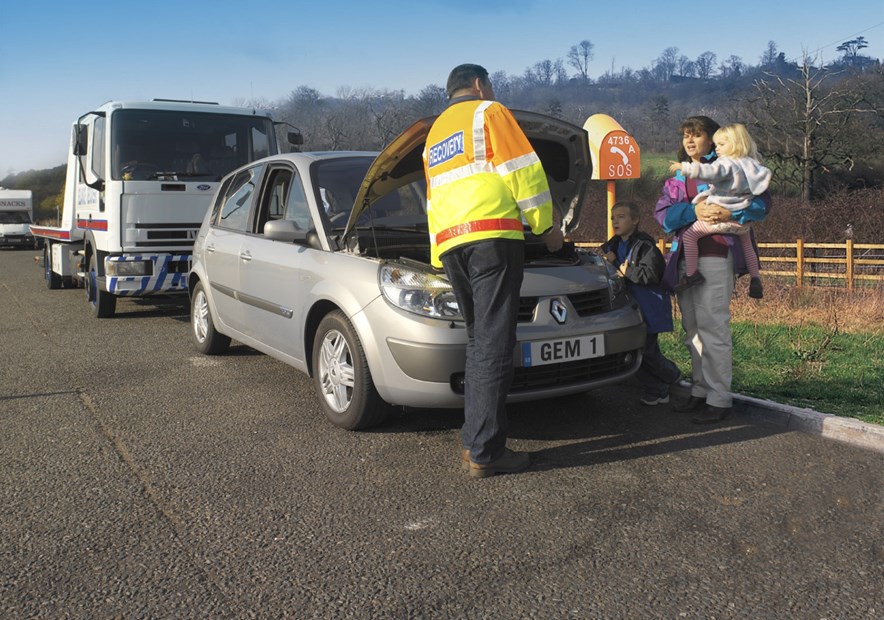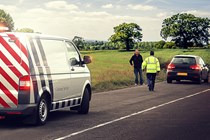Traffic is a daily chore many of us need to endure, and driving on a motorway can often be particularly tiresome because of the sheer volume of cars. Smart motorways were conceived in an attempt to solve the issue – and improve safety at the same time. They’re actively managed motorways which have variable speed limits and lanes that can be opened and closed quickly to ease traffic flow and prevent accidents.
While they’re a perfectly sound idea in theory, smart motorways have become deeply unpopular in the decade-plus since they were introduced. And concerns about their safety led the government to halt the building program in April 2023. On top of that, road safety bodies such as the RAC are calling for hard shoulders to be reinstated on certain smart motorways. But there aren’t any plans to return already-converted smart motorways to their previous configuration.
In this article, we’re going to look at what exactly smart motorways are and how to use them below. We’ll look at their pros and cons and why they’re so controversial, the various types of smart motorway and what to be aware of when you’re driving on one.

What is a smart motorway?
A smart motorway has variable speed limits and active monitoring that facilitates lane closures without a police presence. Sensors and CCTV cover the entire length of the smart motorway and feed live images and data back to a control centre. The operators there have control over speed limits and can close lanes in response to the traffic conditions at that moment, all in an effort to keep everything moving.
The other signature feature of most smart motorways is the absence of a hard shoulder. In those cases, what was the hard shoulder is a regular driving lane, but it can be closed off if necessary. Instead, emergency refuge areas are sited at regular intervals, providing a safe place and an emergency telephone for drivers who are experiencing a problem with their vehicle – or their health.
Smart motorways also have a lot of overhead gantries that are used to show changes in the speed limit, lane closures, and any other relevant information.
Are smart motorways dangerous?
One of the main arguments in favour of smart motorways was improved safety. Motorways are the safest roads in the UK – in 2022, 100 people were killed on the motorway network, just 6% of total fatalities. Of overall road deaths and injuries, motorways accounted for just 4% of the UK total. Smart motorways are even safer; according to the BBC, an average of 11 people per year were killed on smart motorways in England from 2015 to 2018.
However, many drivers who regularly use smart motorways feel the statistics don’t tell the whole story. Most smart motorways don’t have a hard shoulder – known as ‘all-lanes running’ – and drivers feel less safe when there isn’t one. A 2022 survey by the RAC found 70% of drivers thought no new all-lanes running smart motorways should be built because of their safety concerns. Smart motorways may be statistically safer but the psychological effect of driving on a road that feels unsafe is very real.
There have been a number of high-profile cases in which people have died after their car became stranded in a live lane and was struck by fast-moving traffic before the lane was closed. Victims’ families said they thought the accident wouldn’t have happened if there had been a hard shoulder, an assertion backed up by some of the inquests into those deaths.
Facing pressure on many fronts, the government announced in April 2023 that no new smart motorways would be built and that several part-built ones would not be completed. But existing smart motorways remain in place.
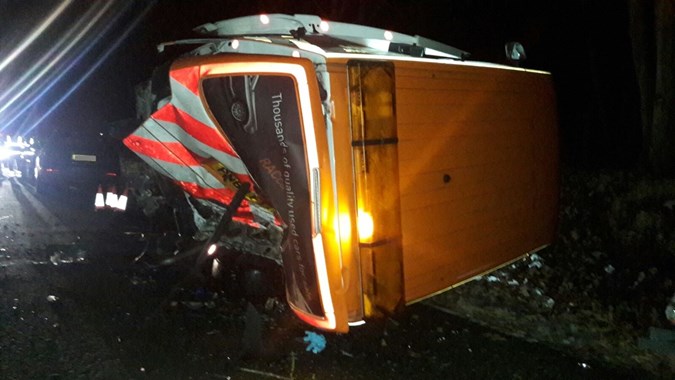
How do smart motorways work?
Smart motorways are covered by an extensive network of sensors and cameras that feed information to a control centre where the traffic flow is monitored. At peak times, the speed limit can be lowered or raised to help prevent congestion building up – sounds counterintuitive but it does work. Variable speed limits are also used during bad weather or near obstructions on the carriageway.
Obstructions include accidents, breakdowns, maintenance work, pedestrians and debris. The sensors and cameras detect obstructions; motorists can also notify the police if they see any. All reports of obstructions go to the control centre that will close the necessary lanes to keep traffic safe and deal with the obstruction.
Variable speed limits and lane closures are shown on overhead gantries sited at regular intervals along the carriageway. There’s usually a display board above each lane giving specific instructions, plus a general information board. Speed limits are shown as a number in a red circle, lane closures as a red X. Other instructions such as direction arrows show which way to move out of a lane. Remember that driving under a red X is illegal – it’s like going through a red traffic light (see below).
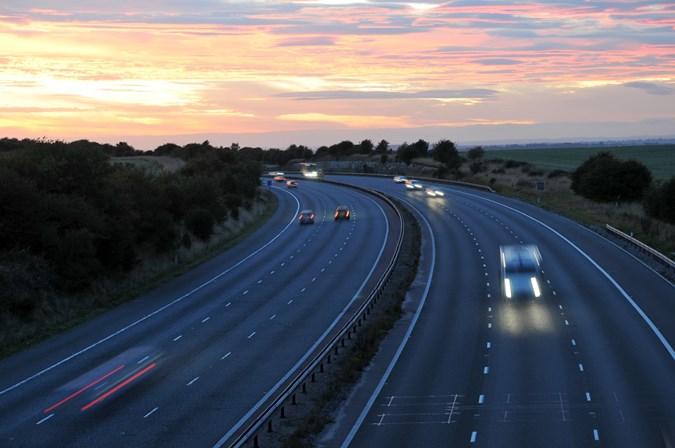
What are the different types of smart motorway?
There are three types of smart motorway in the UK. They all follow the principles we’ve outlined, but operate in different ways.
Controlled motorway
These are regular motorways with a dedicated hard shoulder that should only be used in emergencies. However, they are subject to variable speed limits and dynamic lane closures.
Dynamic hard shoulder motorways
These also have a permanent hard shoulder that should only be used in emergencies, unless the overhead gantries indicate that it can be used as a regular driving lane. That happens during peak periods to create more road capacity, or when there’s an obstruction in the right-hand lanes. For those occasions the hard shoulder is in use, emergency refuge areas are sited at regular intervals.
All lanes running motorways
This is the most common form of smart motorway. There’s no dedicated hard shoulder; instead, the space it once occupied is an active driving lane at all times. In an emergency situation, you must rely on the refuge areas sited at one-mile intervals along the carriageway.
If you can’t get to a refuge, the lane you stop in will be closed once your vehicle has been detected by the motorway’s monitoring system – don’t just rely on that happening, also dial 999 and explain where you’ve stopped as best you can. Assistance will then be sent out to you, usually a Highways Agency patrol.
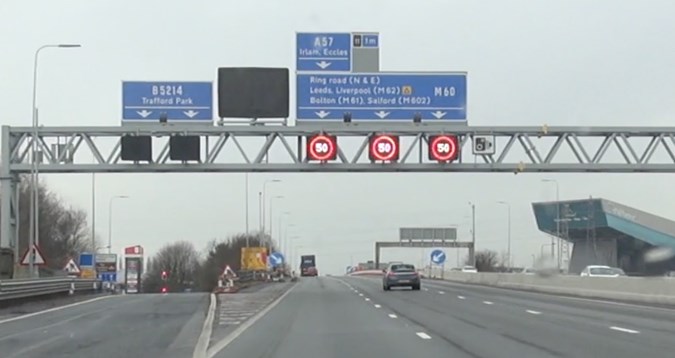
Do you have to obey the overhead gantry signs?
Yes. The speed limit shown on the overhead gantries is legally enforceable and you can receive a fine and points on your licence for breaking it. Every overhead gantry has a speed camera; the latest ones don’t need a flash in daylight and can see up to two kilometres away. From 2024, a new generation of cameras that can detect if drivers speed up and slow down between gantries will be rolled out across the UK.
Lane closures are also legally enforceable and you can receive points and a fine for disobeying them. Persistently ignoring them could result in prosecution for driving without due care and attention, or even dangerous driving.
It doesn’t matter if the cause of the lower speed limit or lane closure has apparently passed, they must be obeyed at all times. Only when no speed limits or lane closures are shown can you drive at 70mph in any lane.
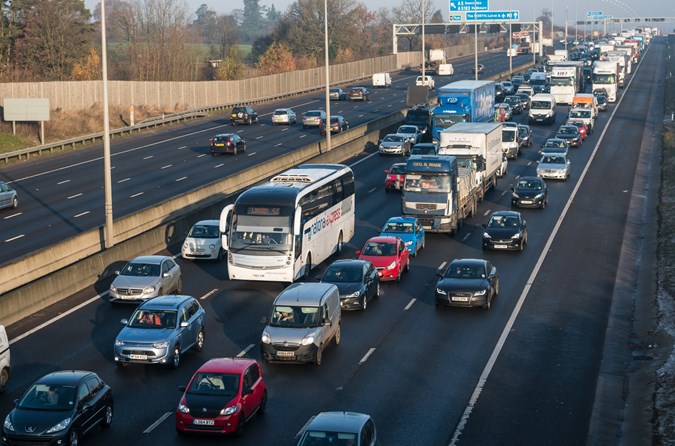
Where are the UK’s smart motorways?
We’ve broken down the different types of smart motorway in the UK and listed their locations below:
All lanes running motorways
- M1: junction 13-16; J16-19; J24-25; J28-31; J32-35a; J39-42
- M3: junction 2-4a
- M4: junction 3-12
- M5: junction 4a-6
- M6: junction 2-3a; J11a-15; J16-19; J21a-26
- M20: junction 3-5
- M23: junction 8-10
- M25: junction 5-7; J23-27
- M27: junction 4-11
- M56: junction 6-8
- M62: junction 10-12; J18-20; J25-26 (westbound); J29-30 (westbound)
Dynamic hard shoulder motorways
- M1: junction 10-13
- M4 to M5 interchange
- M6: junction 4-10a
- M42: junction 3a-7
- M62: junction 25-30; J26-28 (eastbound); J29-30 (eastbound)
Controlled motorways
- M1: junction 6a-10; J23a-24; J25-38; J31-32
- M6: junction 3a—4a; J10a-11a
- M20: junction 5-7
- M25: junction 2-3; J6-7 (eastbound lane 4); J7-23; J27-30
- M42: junction 7-9
- M60: junction 8-18
- M62: junction 28-29

How do you drive on a smart motorway?
Several surveys have shown there’s a lack of awareness among drivers about how to use a smart motorway. In principle, driving on one is no different to any other motorway: the speed limit for cars is 70mph and you must drive in the left-hand lane (lane one) – unless you’re overtaking, in which case you can use the lanes to the right. Once you’ve completed the overtake, you must move back as far left as possible.
What seems to confuse people is how to react to variable speed limits and what signs shown on the overhead gantries mean. The video below explains exactly what’s what.

What to do in an emergency
If you find yourself in an emergency situation such as an accident or breakdown, drive to the next refuge area if possible. If not, pull over onto the hard shoulder – or lane one on all lanes running motorways – and stop. Put your car’s hazard lights on before stopping to warn following traffic that there’s a problem.
Once stopped, get out of the car as soon as you safely can and retreat behind the barrier on the left. Only then should you call for help. The motorway’s monitoring system should quickly detect your car and close the lane, but also call the emergency services to let them know what’s happened and where.
If you can’t get to lane one, once stopped it’s safest to stay in your car rather than try to run across several lanes of traffic. Immediately call the emergency services and tell them you haven’t been able to get to safety. Do not get out of your car until they arrive and instruct you to do so.
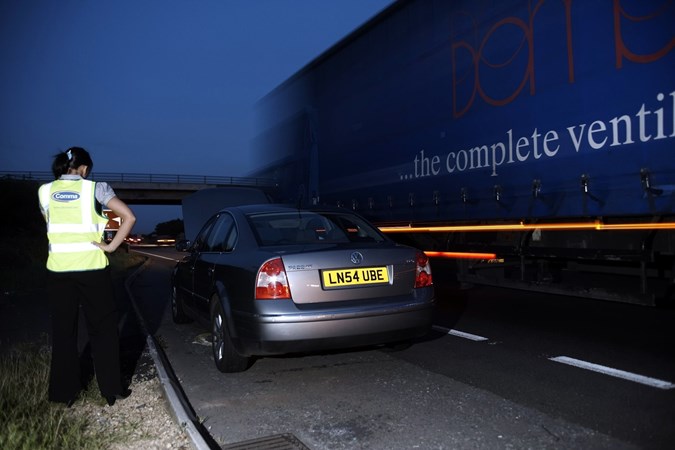
Looking for more jargon-busting motoring advice? Click here to check out our Parkers Car Glossary page for some easily digestible automotive definitions
Just so you know, we may receive a commission or other compensation from the links on this website - read why you should trust us.


